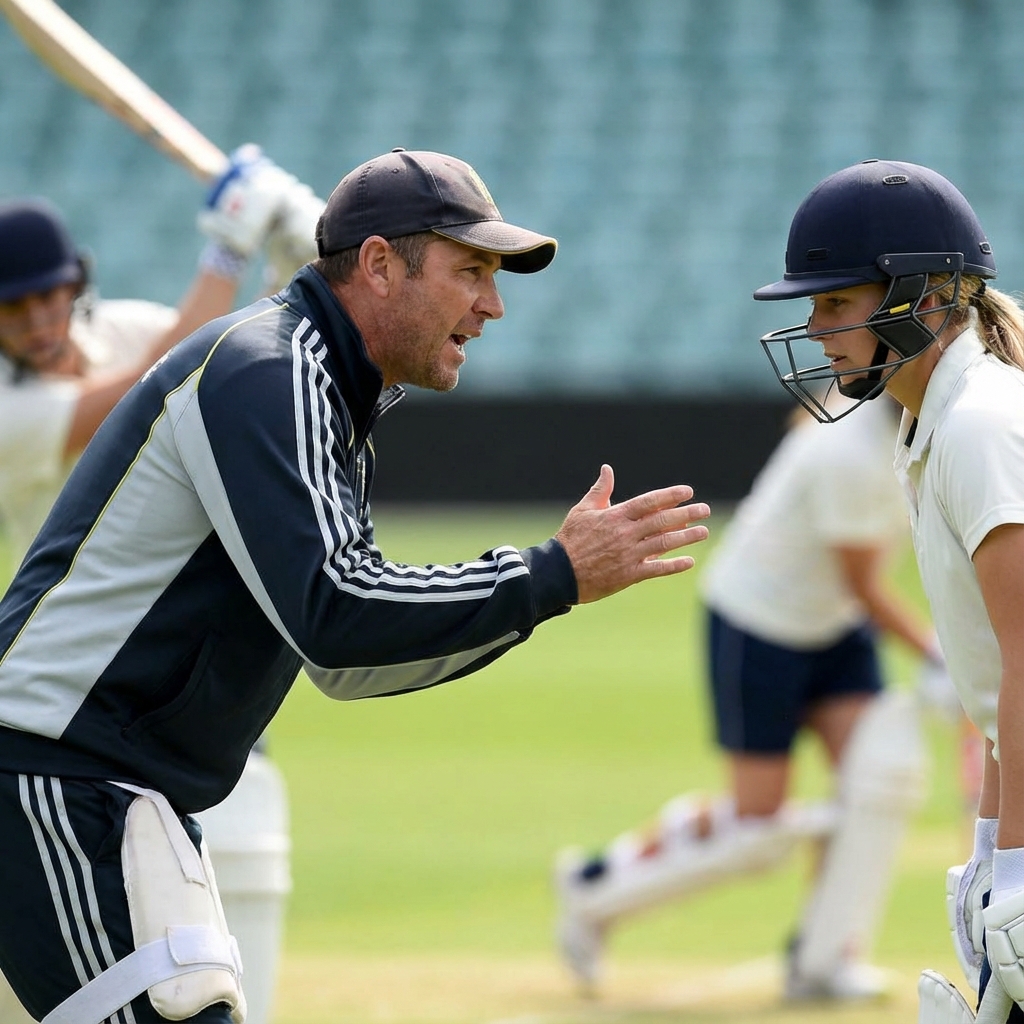Divide players into two teams and then pair up all your players. Each pair should get to bat for two overs each.
Each pair starts with 20 runs and can be out if they are bowled, caught, stumped, run out or if you hit your own wicket. Every time a batter is out 5 points are knocked off their total and batters swap places.
The winning pair is the one which finishes with the most runs.
Every member of the fielding side has to bowl one over each - overarm if possible, but don't worry if you can't, underarm is fine.
Every time the batter gets out, five runs come off their total and the batters swap places.
Players can score runs exactly the same as in normal cricket to increase their total.
If a wide or a no-ball is bowled then the batting side get an extra two runs - but no additional ball is bowled except during the final over.
No fielders are allowed within 10 yards of the batsman - except the wicketkeeper for safety reasons.
Progressions:
Increase or reduce the playing area.
Increase or reduce the size of the wicket the batter must defend.
Introduce boundaries and boundary scores.

The biggest T20 World Cup ever, historic qualifications, and evolving playing conditions make 2026 a landmark year for cricket. Here's what coaches need to know.

Game-based training and match simulation prepare players for real competition more effectively than isolated drills. Modern coaching integrates pressure scenarios, decision-making, and competitive situations into every training session.

Catches win matches remains cricket's truest saying. From high balls under lights to sharp slip catches, the ability to hold chances consistently separates winning teams from those that let matches slip away.